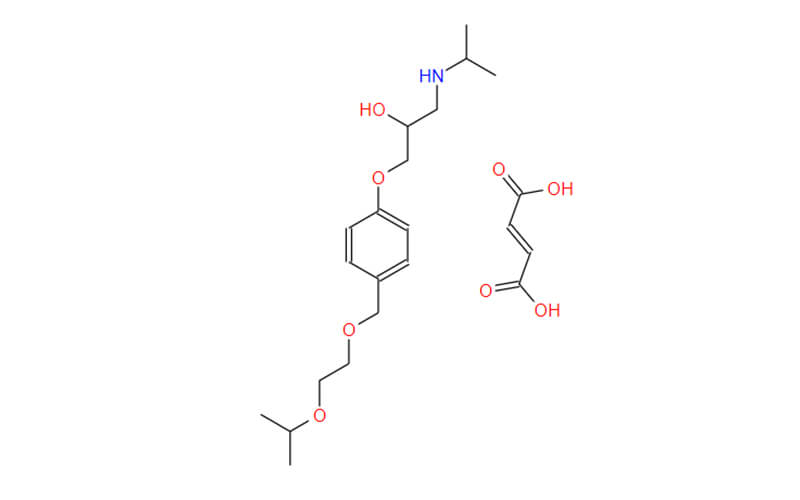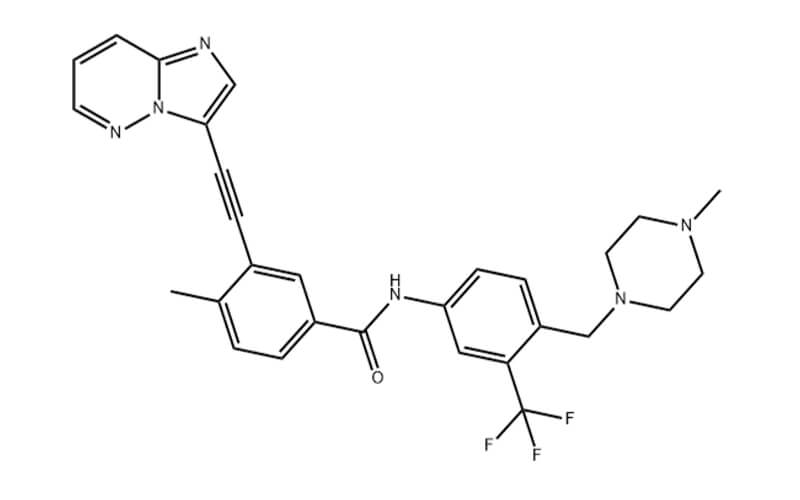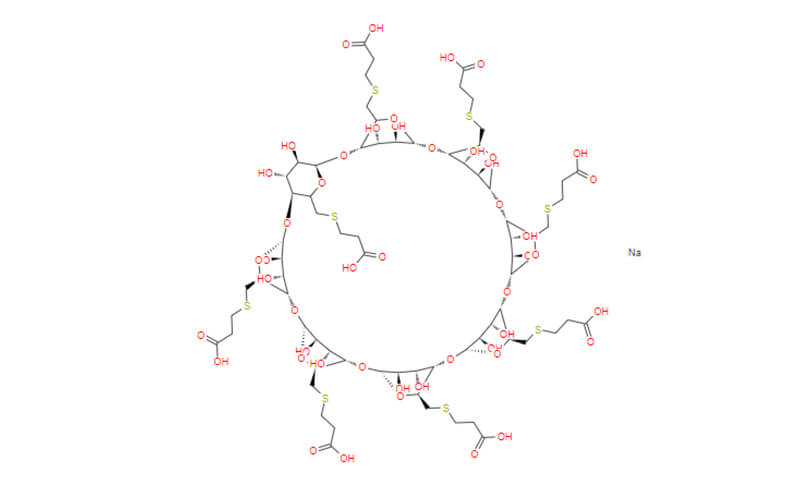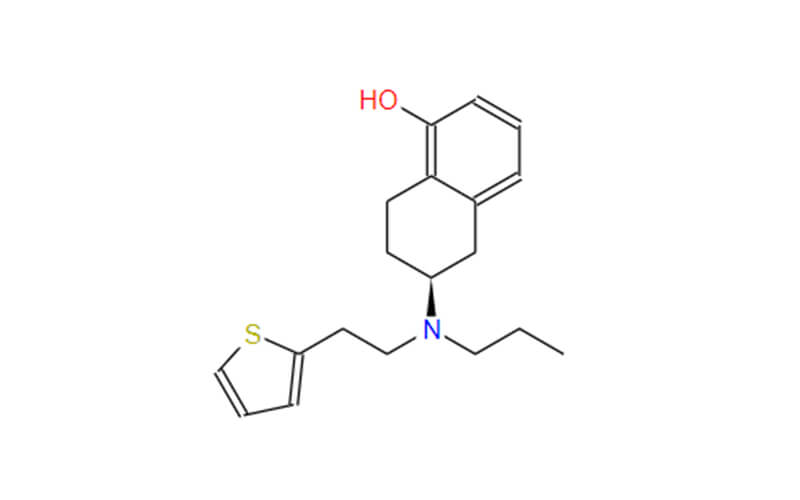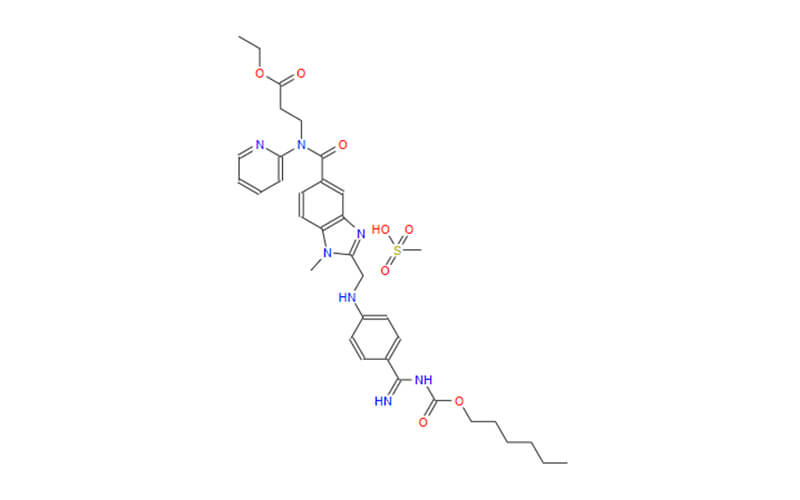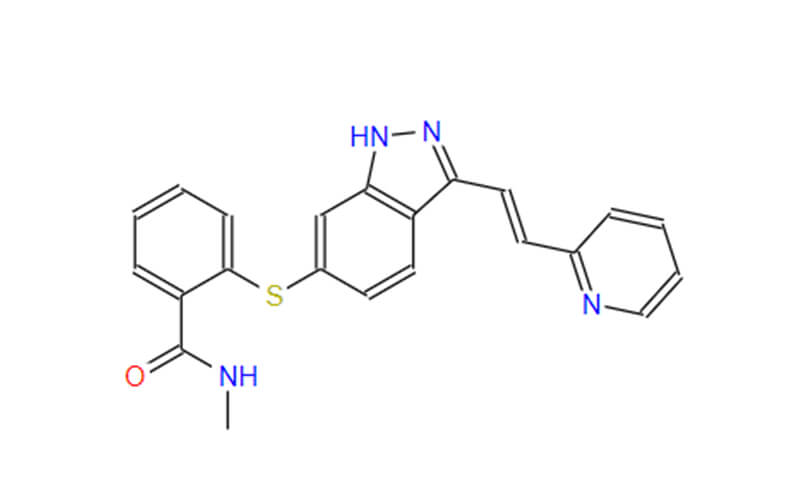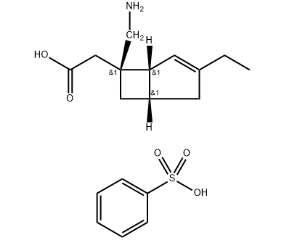Ponatinib Hydrochloride: Balancing Efficacy and Safety in Leukemia Treatment
Leukemia, a cancer of the blood and bone marrow, takes many forms, each presenting unique challenges in treatment. Thankfully, advancements in medicine have led to the development of targeted therapies that attack specific features of cancer cells. Ponatinib Hydrochloride (Ponatinib) is one such drug, offering a beacon of hope for patients with certain types of Leukemia. However, like many powerful medications, Ponatinib Hydrochloride’s effectiveness comes with a balancing act – managing its potential safety concerns.
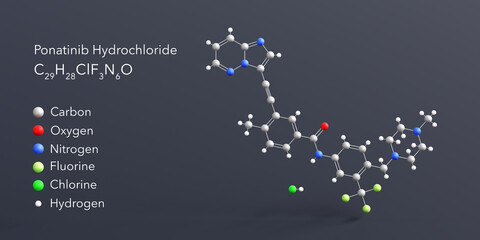
Ponatinib Hydrochloride Mechanism of Action
Ponatinib Hydrochloride Hydrochloride works by inhibiting a group of proteins known as tyrosine kinases. These proteins act like molecular switches inside cells, regulating various cellular processes like growth, division, and survival. In healthy cells, tyrosine kinases are tightly controlled. However, in Leukemia, specific mutations can cause these kinases to become overactive, leading to uncontrolled cell growth and the development of cancer.
Ponatinib Hydrochloride Hydrochloride’s brilliance lies in its ability to target a broad spectrum of tyrosine kinases. It acts like a master key, fitting into the binding sites of various mutated kinases and preventing them from flipping the “on” switch for uncontrolled cell growth. This targeted approach has several advantages:
- Specificity: Unlike traditional chemotherapy drugs that can harm both healthy and cancerous cells, Ponatinib Hydrochloride Hydrochloride specifically targets the mutated kinases in Leukemia cells, minimizing damage to healthy tissues.
- Overcoming Resistance: Some Leukemia cells develop mutations that make them resistant to other targeted therapies. Ponatinib Hydrochloride Hydrochloride’s ability to inhibit a wider range of kinases allows it to be effective even in such cases.
However, the very potency of Ponatinib Hydrochloride Hydrochloride’s mechanism of action can also lead to some of the drug’s side effects. By interfering with various cellular processes controlled by tyrosine kinases, Ponatinib Hydrochloride Hydrochloride can unintentionally disrupt normal functions in healthy tissues as well, leading to the potential side effects discussed later in this article.
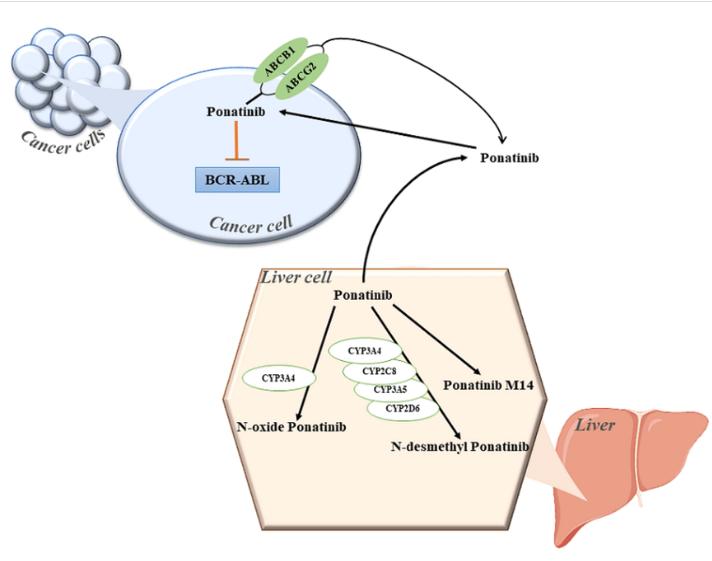
Efficacy of Ponatinib Hydrochloride
Clinical trials have painted a promising picture of Ponatinib Hydrochloride’s effectiveness, particularly in chronic myeloid leukemia (CML). Here’s a deeper dive into its impact:
- TKI-Resistant CML: For patients with CML harboring the T315I mutation, a mutation notorious for rendering other tyrosine kinase inhibitors (TKIs) ineffective, Ponatinib Hydrochloride has emerged as a game-changer. Studies have shown that a significant proportion of patients, exceeding 98% in some cases, achieve a major cytogenetic response (MCR). This means a dramatic reduction or disappearance of the abnormal chromosome responsible for CML.
- Beyond T315I: Ponatinib Hydrochloride’s efficacy extends beyond the T315I mutation. It has demonstrated positive results in patients with other mutations or those who haven’t responded well to other TKIs.
- Other Types of Leukemia: While primarily used for CML, research suggests potential benefits for Ponatinib Hydrochloride in treating acute lymphoblastic leukemia (ALL) and some rarer forms of Leukemia.
Clinical trial data consistently highlights Ponatinib Hydrochloride’s ability to induce deeper remissions and improve overall survival rates compared to older therapies, particularly in patients with advanced or resistant disease. However, it’s crucial to remember that these trials are often conducted in controlled settings. The real-world use of Ponatinib Hydrochloride requires careful consideration of its effectiveness alongside its potential side effects.
Safety Concerns of Ponatinib Hydrochloride
While Ponatinib Hydrochloride’s ability to combat Leukemia is undeniable, its use requires careful consideration due to potential side effects. These can be categorized into three main areas:
- Cardiovascular Issues: Ponatinib Hydrochloride can increase the risk of heart problems, such as heart attack, stroke, and heart failure. This risk is particularly concerning for patients with pre-existing heart conditions. Regular monitoring of blood pressure and heart function is essential during treatment.
- Skin Problems: Skin rashes, acne, and dry skin are common side effects experienced by many patients on Ponatinib Hydrochloride. These can range from mild to severe and may require topical medications or dose adjustments.
- Gastrointestinal Issues: Nausea, vomiting, diarrhea, and abdominal pain can significantly impact a patient’s quality of life. Managing these side effects with medication and dietary adjustments can help patients tolerate treatment.
In some cases, these side effects can be severe enough to necessitate discontinuing Ponatinib Hydrochloride treatment. Additionally, there are concerns about the drug’s potential to:
- Increase bleeding risk: Ponatinib Hydrochloride may interfere with blood clotting mechanisms, raising the risk of bleeding complications.
- Cause liver damage: While uncommon, elevated liver enzymes and liver damage have been reported in some patients taking Ponatinib Hydrochloride.
- Harm an unborn baby: Ponatinib Hydrochloride is contraindicated in pregnancy due to the potential for birth defects.
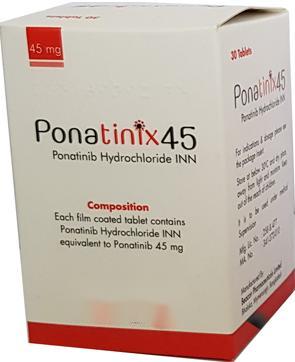
Management of Side Effects
The potential benefits of Ponatinib Hydrochloride need to be weighed against the potential risks for each individual patient. Healthcare professionals employ various strategies to manage side effects, striving to create a treatment plan that maximizes benefits while minimizing discomfort. Here’s a deeper dive into some of these strategies:
- Dose adjustments: Finding the right dose is crucial. Sometimes reducing the dosage of Ponatinib Hydrochloride can lessen the severity of side effects while still maintaining its effectiveness against Leukemia cells. This approach allows some patients to continue benefiting from Ponatinib Hydrochloride’s life-saving potential.
- Medications to manage specific side effects: Doctors may prescribe medications to address specific side effects. For example, they might prescribe blood pressure medication to manage an increased risk of heart problems or topical creams to soothe itchy skin rashes.
- Close monitoring: Regular checkups and monitoring are essential. Blood tests, heart scans, and other tests can help identify and address any potential side effects promptly. This allows for adjustments to the treatment plan as needed.
- Supportive care: Managing side effects also involves addressing a patient’s overall well-being. Nutritional counseling can help manage nausea and vomiting, while pain medication can address discomfort. Additionally, emotional support and counseling can be invaluable in coping with the challenges of treatment.
Ponatinib Hydrochloride Hydrochloride represents a significant advancement in Leukemia treatment, offering hope for patients with specific mutations or those who haven’t responded to other therapies. However, its use requires careful consideration due to potential side effects. Through ongoing research to improve its safety profile and personalize treatment approaches, Ponatinib Hydrochloride has the potential to become an even more valuable weapon in the fight against Leukemia.
Conclusion
Ponatinib Hydrochloride represents a significant advancement in Leukemia treatment, offering hope for patients with specific mutations or those who haven’t responded to other therapies. However, its use requires careful consideration due to potential side effects. Through ongoing research to improve its safety profile and personalize treatment approaches, Ponatinib has the potential to become an even more valuable weapon in the fight against Leukemia.

